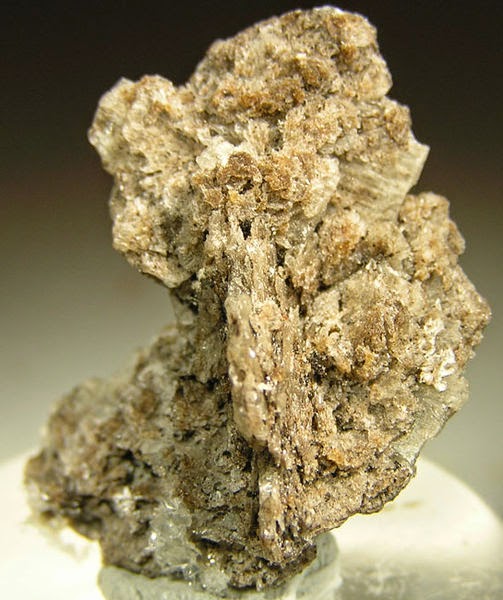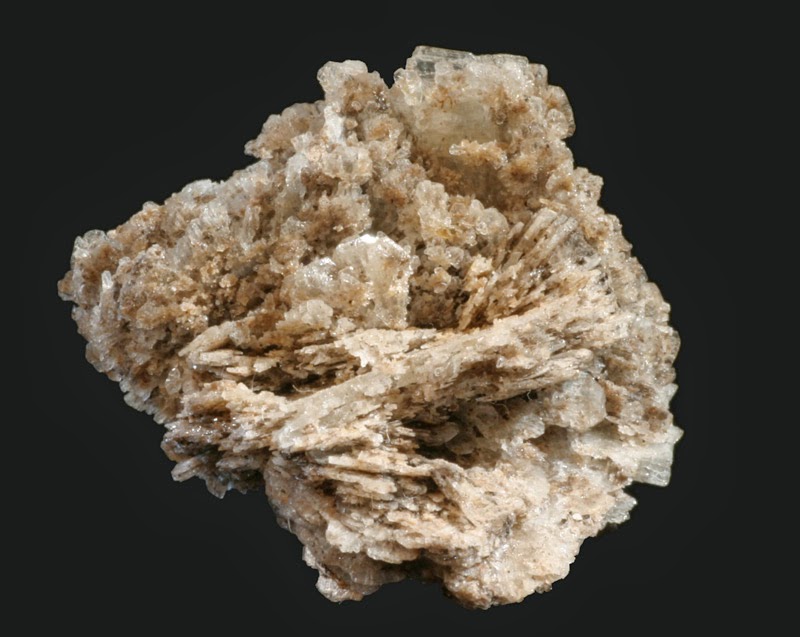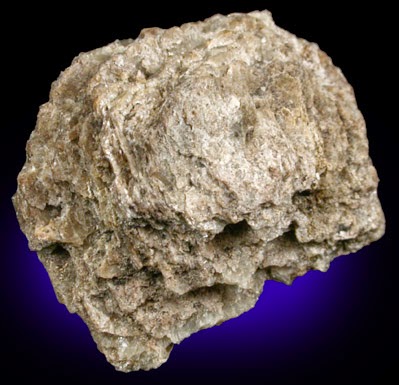
Chemical Formula: Mg(HPO4)·3H2O
Locality: Skipton lava tube caves, 40 km southwest of Ballarat, Victoria, Australia.
Name Origin: Named for James Cosmo Newbery (1843-1895), geologist, Melbourne, Australia, who initially found the mineral.
History
Discovery date : 1879
Town of Origin: GROTTES DE SKIPTON, BALLARAT, VICTORIA
Country of Origin: AUSTRALIE
Optical properties
Optical and misc. Properties : Fragile, cassant – Transparent
Refractive Index: from 1,51 to 1,53
Axial angle 2V : 45°
Physical Properties
Cleavage: {010} Perfect, {001} Indistinct
Color: Colorless, Gray brown, Grayish.
Density: 2.1
Diaphaneity: Transparent
Fracture: Brittle – Uneven – Very brittle fracture producing uneven fragments.
Hardness: 3-3.5 – Calcite-Copper Penny
Luster: Vitreous (Glassy)
Streak: white
Photos :












